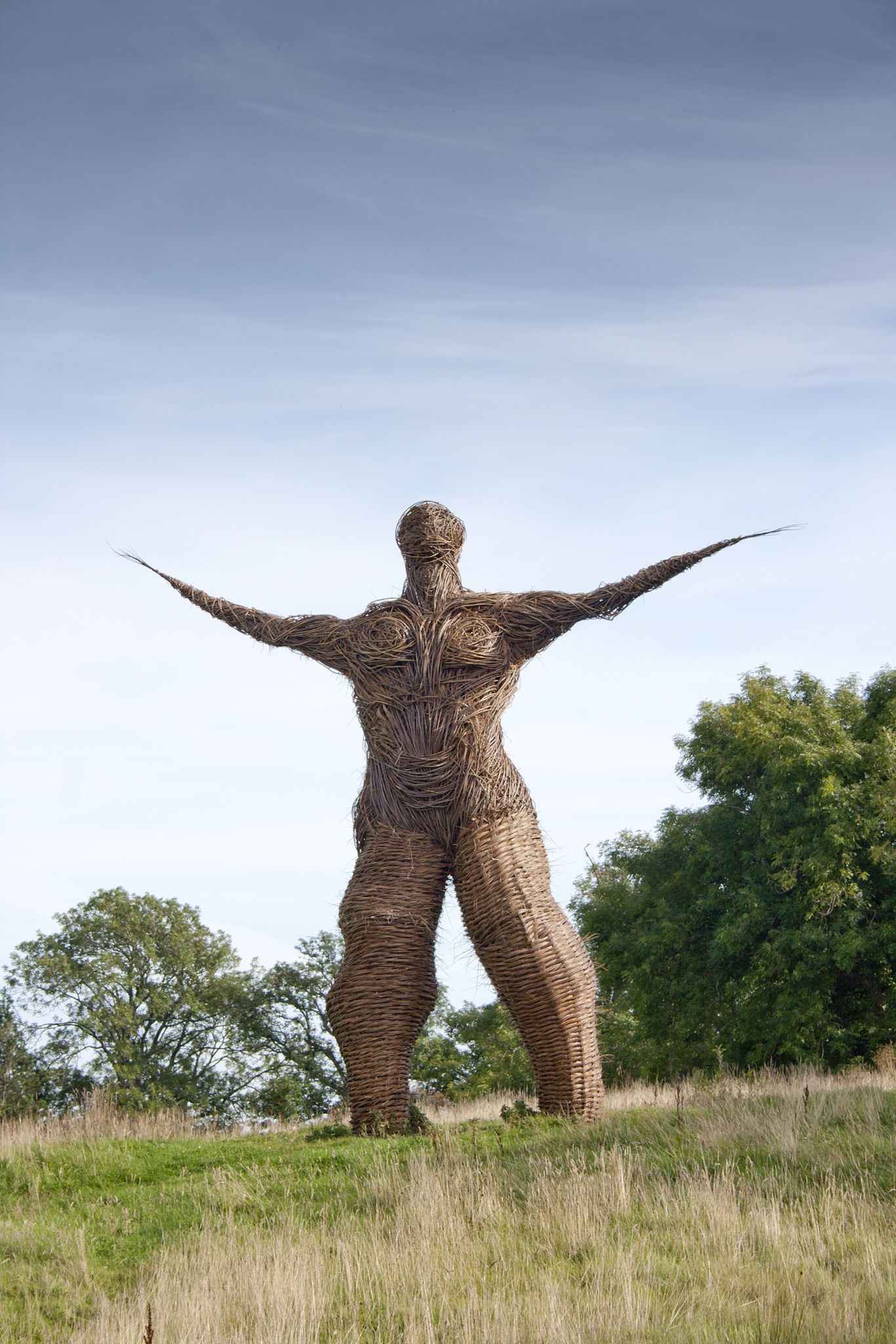Exploring the World of Eco-Sculpture: A Comprehensive Guide
Understanding Eco-Sculpture
Eco-sculpture is an innovative art form that combines creativity with environmental consciousness. These sculptures are crafted using natural and sustainable materials, often integrating living plants to create pieces that evolve over time. As society becomes more aware of environmental issues, eco-sculpture is gaining popularity as a way to promote sustainability through art.

The Origins of Eco-Sculpture
The concept of eco-sculpture emerged in the late 20th century as artists began experimenting with organic materials. Influenced by the land art movement, which emphasized the connection between nature and art, eco-sculpture aims to minimize its ecological footprint. Artists like Andy Goldsworthy and Nils-Udo pioneered this genre, using natural elements to create ephemeral works that highlight the beauty and fragility of the environment.
While traditional sculptures often rely on materials like metal or stone, eco-sculptures use biodegradable and renewable resources. This shift not only reduces waste but also encourages a deeper appreciation for nature's resources.
Materials and Techniques in Eco-Sculpture
Creating an eco-sculpture requires a thoughtful selection of materials. Common choices include wood, clay, stone, and recycled objects. Living plants are a distinctive feature, bringing a dynamic aspect to these works as they grow and change over time. Techniques such as weaving, stacking, and carving are used to manipulate these materials into captivating forms.

Artists often incorporate innovative techniques like vertical gardening or hydroponics to integrate plant life into their sculptures. This fusion of art and horticulture not only enhances visual appeal but also promotes biodiversity and environmental health.
Famous Eco-Sculptures Around the World
Eco-sculptures can be found in various locations worldwide, each reflecting local cultures and ecosystems. Some notable examples include:
- The Green Man in the UK: A towering figure made from woven branches and foliage, symbolizing humanity's connection to nature.
- The Rice Straw Sculptures in Japan: Created annually using leftover rice straw from harvests, these intricate sculptures celebrate agricultural traditions.
- The Tree Cathedral in Italy: A living sculpture composed of trees arranged in a cathedral-like structure, emphasizing the spiritual connection between nature and architecture.

The Impact of Eco-Sculpture on Communities
Eco-sculptures offer numerous benefits beyond their aesthetic value. They often serve as educational tools, raising awareness about environmental issues and inspiring sustainable practices. Communities that host eco-sculptures may see increased tourism and engagement, as these unique attractions draw visitors interested in both art and ecology.
Furthermore, eco-sculptures can transform public spaces into green havens, providing habitats for wildlife and improving air quality. These installations foster a sense of community pride and encourage collaborative efforts to protect the environment.
Creating Your Own Eco-Sculpture
If you're inspired to create an eco-sculpture, consider starting with small projects using accessible materials. Here are some steps to guide you:
- Select a Location: Choose a site that complements your vision and supports plant growth.
- Gather Materials: Use locally sourced, sustainable items such as wood, stones, and native plants.
- Design Your Sculpture: Sketch your ideas, considering how the materials will interact over time.
- Assemble Thoughtfully: Construct your sculpture with care, ensuring stability while allowing for natural changes.

By embracing eco-sculpture, you contribute to a growing movement that celebrates art's role in environmental stewardship. Whether you're an artist or an admirer, this art form offers endless possibilities for creativity and sustainability.
In conclusion, exploring the world of eco-sculpture reveals the potential of art to foster a deeper connection with nature. These sculptures remind us of our responsibility to protect the environment while celebrating its beauty through artistic expression.